Ancient Roman Villa Discovered Beneath an Italian Apartment Complex
Next month is the unveiling of an underground museum of intricate Roman mosaics located under an apartment complex in the Italian capital.
Six years ago, BNP Paribas Real Estate, which owns the property, found the site during the construction work, an announcement made on Tuesday.
On the site, which is situated on the Aventine Hill, one of the seven hills of Ancient Rome, archaeologists from the Special Superintendence of Rome worked on the site.
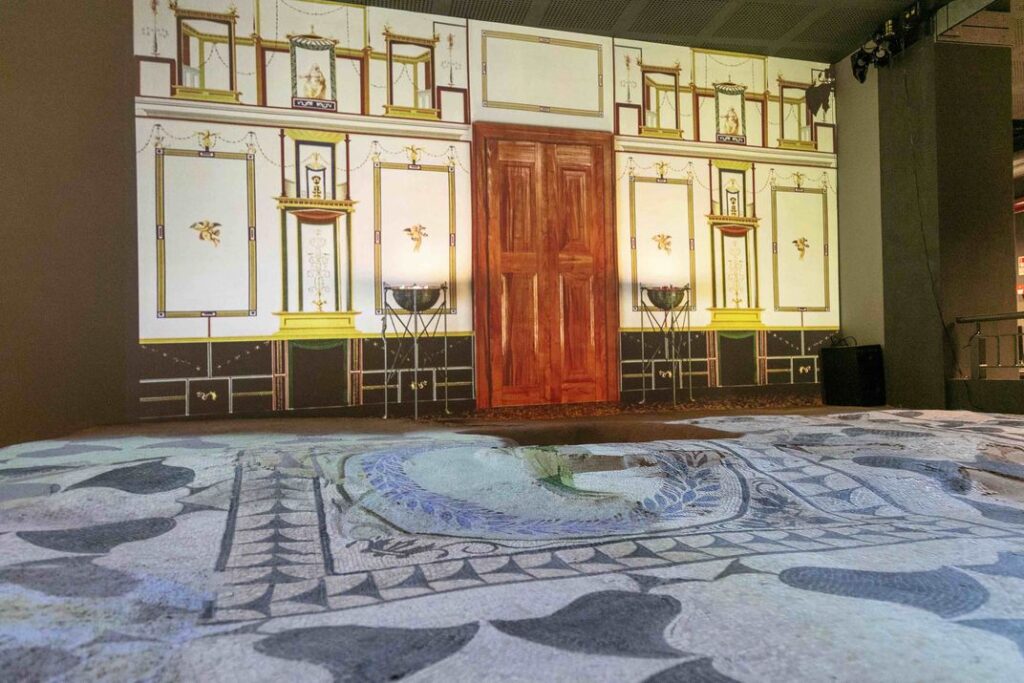
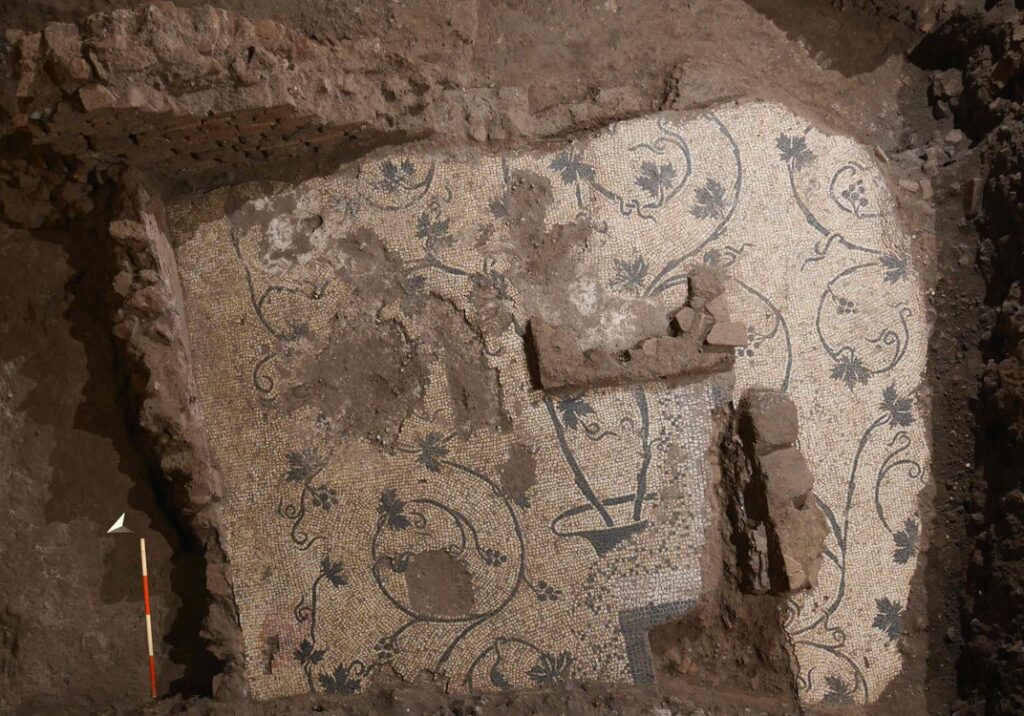
During the excavation, they discovered mosaics, structures and other artefacts, and a multimedia exhibition using video mapping and projections will help explain the site’s history to visitors.
There were some signs that the area was inhabited around 900 BC, according to the statement. The site also includes a block wall dating from 700-400 BC that may have been the foundation of a watchtower.
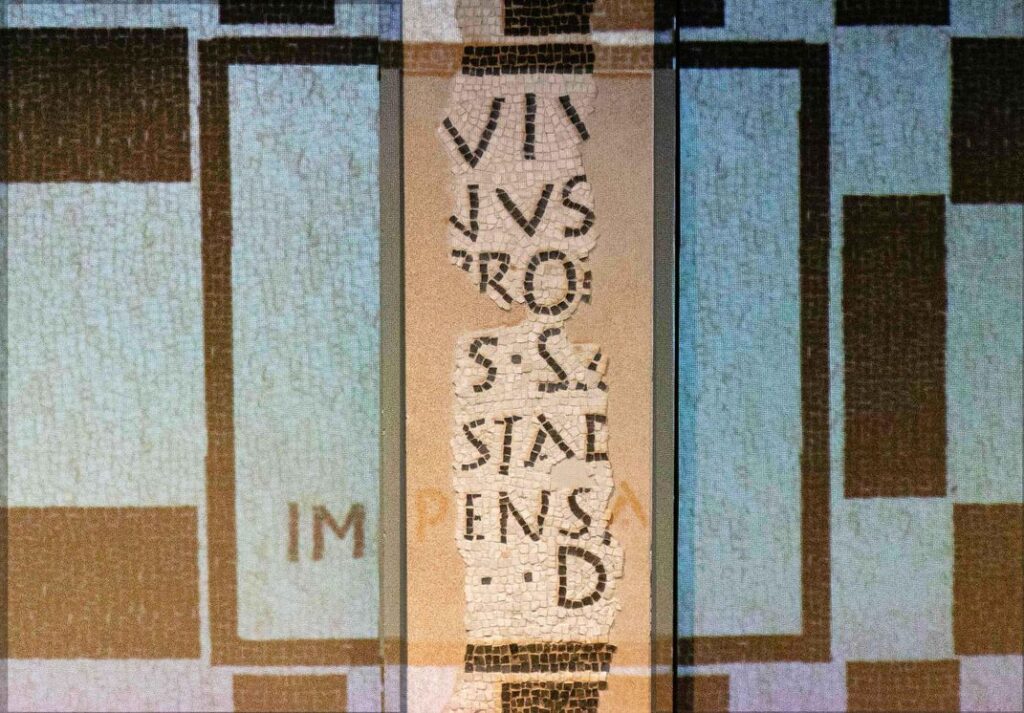
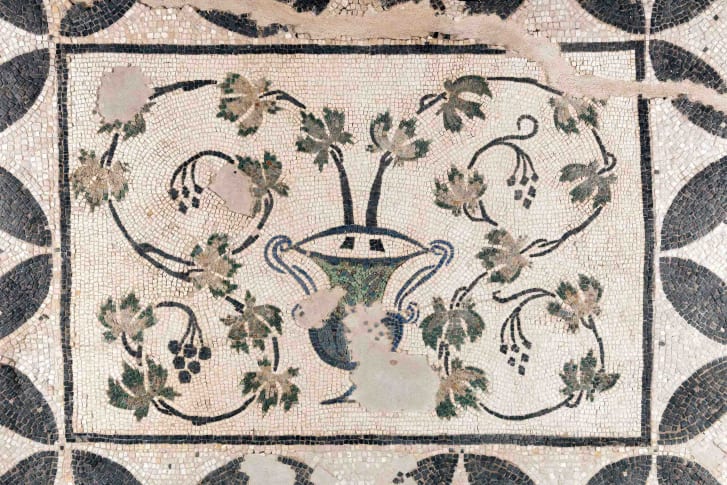
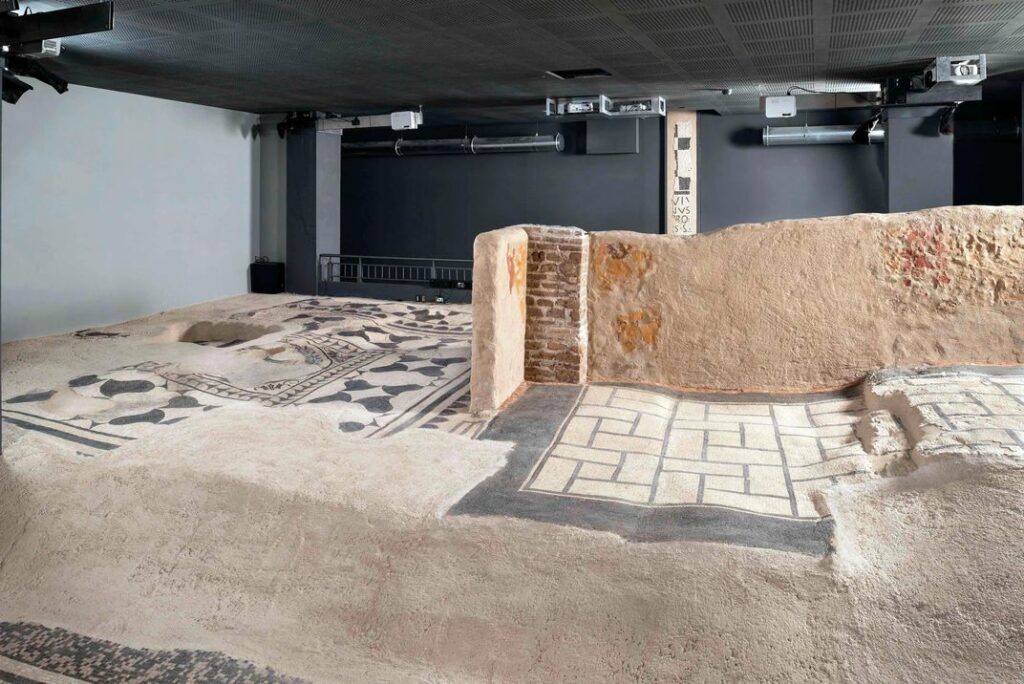
Archaeologists also found that the area was levelled to increase the available flat surface, and around the middle of the 2nd century BC, a Domus — a type of private residence for the upper classes — was built.
The piece de resistance is a mosaic in black and white tiles from the end of the 1st century BC, and there is also a mosaic fragment dating from the reign of Emperor Trajan (98-117 AD).
Then, during Hadrian’s reign (117-138 AD), more black and white mosaics were laid in geometric patterns, one of which will be on display, followed by five more mosaics from the Antonine period (150-175 AD).
Perfectly preserved ancient Roman mosaic floor discovered in Italy
“In recent years we have worked as a team with the Superintendency to complete a unique archaeological project for the city of Rome: a museum inside an apartment building,” said Piero Cocco-Ordini, CEO of BNP Paribas Real Estate Italy, who called the site “a hidden treasure chest, a thousand-year witness to our past.”
In May, another beautiful ancient Roman mosaic was uncovered in northern Italy.
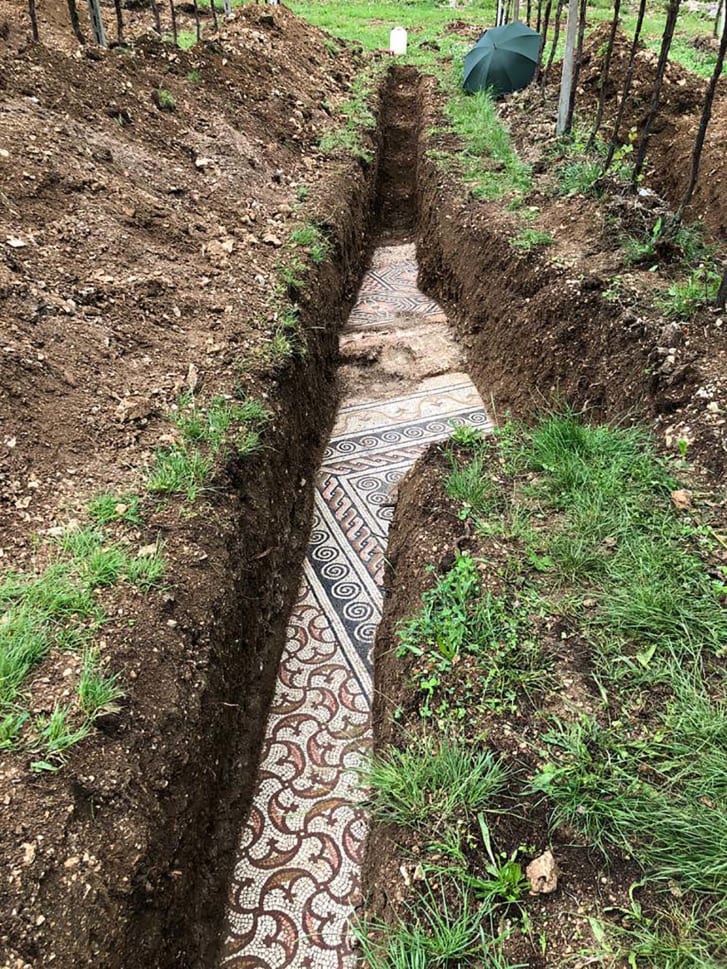
The remarkably well preserved mosaic floor was uncovered in a vineyard in Negrar, north of the city of Verona, almost a century after the remains of an ancient villa were found on the site.
Pictures of the floor posted by the town’s officials show its intricate patterns and colourful detail, much of which has been preserved perfectly through the centuries.





